Laying flooring as done centuries yrs ago?
CEFreeman
9 years ago
Related Stories
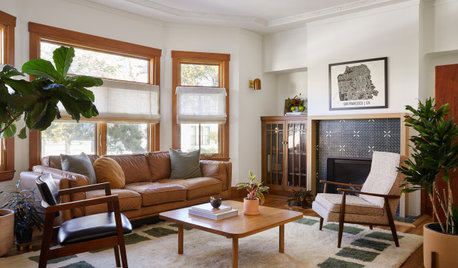
LIVING ROOMSHow to Decorate a Small Living Room
Arrange your compact living room to get the comfort, seating and style you need
Full Story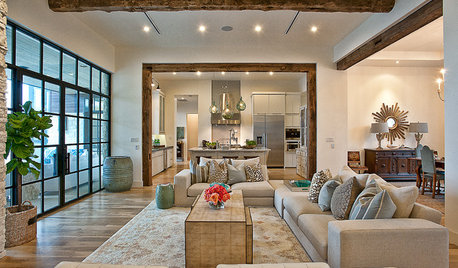
LIVING ROOMSLay Out Your Living Room: Floor Plan Ideas for Rooms Small to Large
Take the guesswork — and backbreaking experimenting — out of furniture arranging with these living room layout concepts
Full Story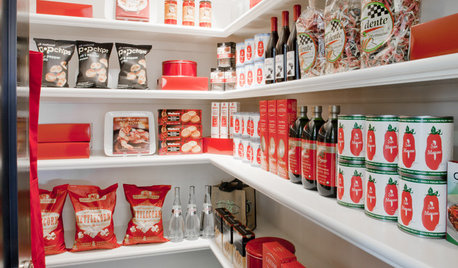
KITCHEN STORAGEGet It Done: How to Clean Out the Pantry
Crumbs, dust bunnies and old cocoa, beware — your pantry time is up
Full Story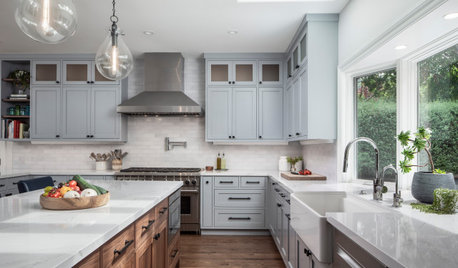
WORKING WITH PROSHow to Find Your Renovation Team
Take the first steps toward making your remodeling dreams a reality with this guide
Full Story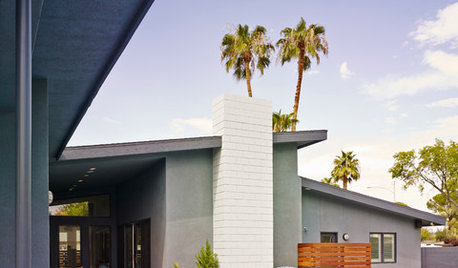
HOUZZ TOURSHouzz Tour: From Burned Down to Done Up in Las Vegas
A fire gutted this midcentury home — and laid the groundwork for a beautiful new floor plan
Full Story
HOUSEKEEPINGThree More Magic Words to Help the Housekeeping Get Done
As a follow-up to "How about now?" these three words can help you check more chores off your list
Full Story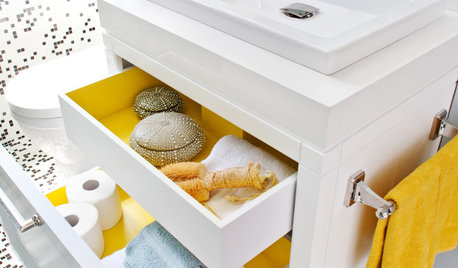
BATHROOM DESIGNGet It Done: Organize the Bathroom for Well-Earned Bliss
You deserve the dreamy serenity of cleared countertops, neatly arranged drawers and streamlined bathroom storage
Full Story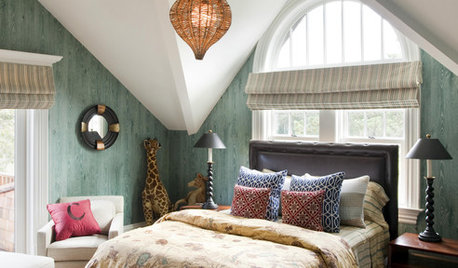
DECORATING GUIDESHow to Lay Out a Master Bedroom for Serenity
Promote relaxation where you need it most with this pro advice for arranging your master bedroom furniture
Full Story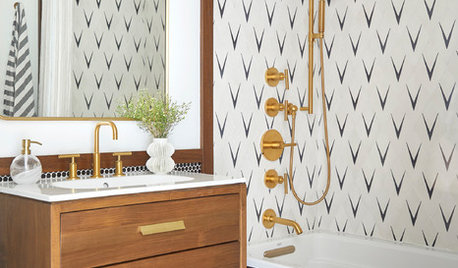
BATHROOM WORKBOOKHow to Lay Out a 5-by-8-Foot Bathroom
Not sure where to put the toilet, sink and shower? Look to these bathroom layouts for optimal space planning
Full Story
DECORATING GUIDESDraperies Lay It on the Lining
Drapery looks and performance rest on the right lining. Here's how to get the best coverage for your needs
Full Story





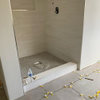
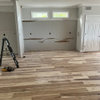
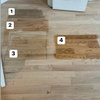
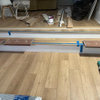

sombreuil_mongrel
User
Related Professionals
Adelphi Flooring Contractors · Hilton Head Island Flooring Contractors · Iowa City Flooring Contractors · Monroe Flooring Contractors · Ossining Flooring Contractors · Saint Louis Park Flooring Contractors · Washougal Flooring Contractors · Buena Park General Contractors · Delhi General Contractors · East Riverdale General Contractors · Grand Junction General Contractors · Mount Laurel General Contractors · Mount Vernon General Contractors · Sauk Village General Contractors · Vermillion General Contractorsgregmills_gw
CEFreemanOriginal Author
lazy_gardens
CEFreemanOriginal Author